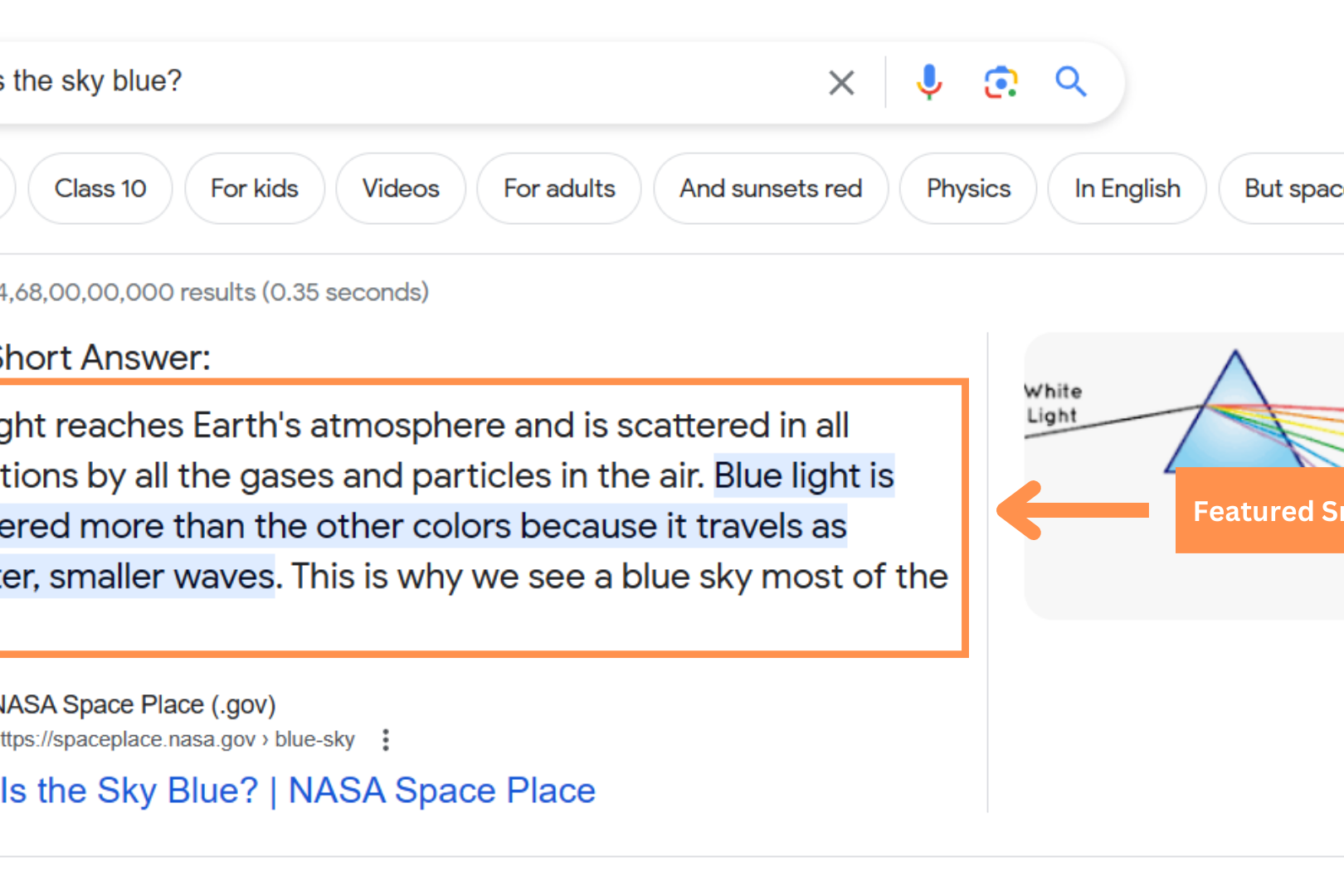The future of the internet? Or an idea that’s too ahead of its time?
It’s a Monday morning in a not-so-distant future, and our guy in this hypothetical scenario(let’s name him Jonathan) is running late for work. Jonathan finishes his morning rituals but doesn’t dress up for work. Instead, he wears a virtual reality headset and proceeds to attend a virtual meeting with a virtual avatar of himself. Those keeping up with the latest happenings in tech would tell you that all this is already sort of possible with the current technology and is one of the many applications of the concept known as the ‘Metaverse’.
Why is everyone talking about it?
“Metaverse” became a popular internet buzzword in October last year when Facebook rebranded its parent organisation to ‘Meta Platforms Inc.’. The CEO, Mark Zuckerberg around the time announced Meta’s plans to invest a whopping $10 billion into their Metaverse project. This has led many people to believe that the Metaverse is a product of Facebook but in reality, Zuckerberg’s version of the Metaverse is just a part of what will potentially someday form the actual Metaverse.
What is the Metaverse?
The term was first used in 1992 by the American author, Neal Stephenson in his sci-fi novel Snow Crash. Several iterations of the concept have shown up over the years as works of fiction and more recently as video games like Second Life, Roblox, and VR Chat to name a few.
The Metaverse can be described as an immersive virtual version of the internet. This immersion is facilitated by 3D virtual environments which can be accessed using Virtual and Augmented reality headsets. These environments provide sensory and social experiences unlike anything in the physical world. A network of all these 3D virtual environments is what one could call the Metaverse.
The Technology behind it
While it’s impossible to list every piece of technology that goes behind making the Metaverse work(especially since there’s more getting added to the list regularly), there are a few important ones worth mentioning:
- Virtual and Augmented reality devices as mediums of interaction and for experiencing the metaverse.
- Blockchain for virtual transactions, NFTs and to secure ownership of other similar digital assets.
- Internet of things or devices with sensors, processing power and software to collect information and share it with other devices and computers over the internet.
- Artificial Intelligence to aid humans in increasing the scope and size of the Metaverse.
Why is it important?
The Business Consulting firm, McKinsey & Company predicts that the Metaverse could potentially generate up to $5 trillion in value by 2030. With a number that big, it is hard for corporations to not want a piece of the pie. Along with Meta, tech giants like Google, Qualcomm, Nvidia, and even Microsoft are investing billions into the metaverse. All the money invested will eventually translate to services and experiences for the end user; although we might be a few years away from experiencing any of it.
The Privacy Concerns
Interacting with the Metaverse would naturally entail spending more time on the internet than ever before. More time equates to more data that applications and services can collect from you. How Corporations will ensure the privacy and security of the users in the virtual environments they create is something that remains to be seen. On the financial side of things, Blockchain is one of the centre-pieces in the attempts to prevent financial misappropriation in the virtual world.
What are its current applications?
Though far from what it’s meant to be, the Metaverse has already been around for years in the areas of video games, virtual environments, entertainment, travel and tourism, education and even e-commerce.
While games like Roblox and VR Chat have always been talked about by metaverse enthusiasts, a more unlikely example would be the FPS Shooter Game, Fortnite which held a live Virtual Concert last year featuring Arianna Grande. The concert received millions in viewership and was their most successful one yet after previously featuring artists like Travis Scott and Marshmello. Live virtual events like these are starting to become a major part of the marketing strategies for brands.
Traditional Businesses have also taken interest in venturing into the metaverse. In October this year, the luxury fashion brand, Gucci announced that it had purchased land in the virtual environment known as the Sandbox and subsequently held its first-ever metaverse event on the said piece of virtual land. As bizarre as the last sentence may sound, the event did in fact happen. Dubbed the ‘Gucci Vault Land’, the two-week event invited users in Sandbox to experience an exhibit of the brand’s heritage and also allowed the purchase of a limited number of ‘wearable NFTs’. While it might just seem like a one-off event, it is likely one of many ways in which the fashion industry and the e-commerce industry, in general, will interact with consumers in the future.
Conclusion: Is it the future?
The current implementations of the concept are few and far between and if we are being honest many of the billion-dollar metaverse ventures don’t look all that promising either(which to be fair are far from being finished). On the flip side, it has prompted companies and engineers to work on improving the technology and making the Metaverse more viable for businesses and consumers alike. The groundwork has been laid and whether one likes it or not, the metaverse is happening. Perhaps once we are able to get past the initial hurdles of widespread adoption, technological challenges and seamless integration, we’d be able to see it for what it truly is. After all, even the internet didn’t become a household name overnight. For that reason, one can’t write off the Metaverse just yet.
Want to figure out how your business can integrate itself with the Metaverse? Get in touch with our experts at Brace Media today!
Related Posts
August 9, 2023
What is PPC Marketing? Answered with Pros and Cons
What is Pay-Per-Click Marketing or advertising? We answer that and more with…
August 1, 2023
Featured Snippets on Google: How Do They Work and why should you care?
What are Featured Snippets and how can they improve your website's search…
July 19, 2023
Here’s Why Off-Page SEO Is Just as Important as SEO on Your Landing Page
Discover why off-page SEO is just as crucial as on-page optimization. Learn how…



